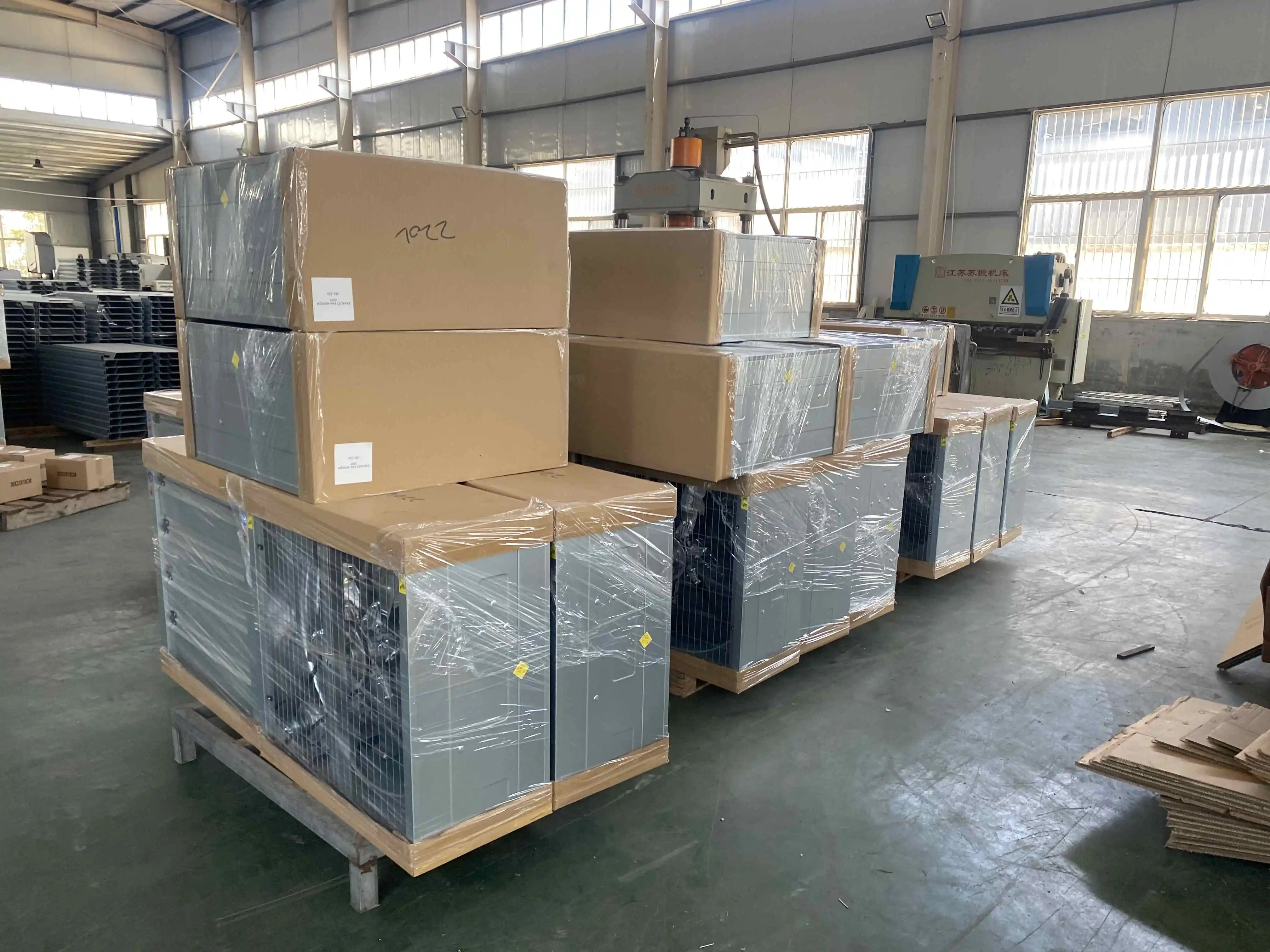chicken coop
Dec . 04, 2024 09:51 Back to list
chicken coop
Creating a Cozy Chicken Coop A Guide for Poultry Enthusiasts
In recent years, chicken keeping has surged in popularity among urban and suburban dwellers. Raising chickens not only provides a sustainable source of fresh eggs but also offers a rewarding experience for families and individuals alike. A crucial component of successful chicken raising is the construction of a proper chicken coop. This article outlines the essential factors to consider when building a cozy and functional chicken coop.
Choosing the Right Location
The first step in constructing a chicken coop is selecting the ideal location. A well-placed coop should be strategic—receiving ample sunlight while also offering some shade. Chickens thrive in well-ventilated areas, so it's important to ensure there is a constant flow of air without exposing them to extreme weather conditions. Avoid low-lying areas prone to flooding, as wet conditions can lead to health issues for your birds.
Designing Your Coop
A typical chicken coop should provide sufficient space for each chicken. The general recommendation is at least 4 square feet per bird inside the coop and 10 square feet per bird in the outdoor run. Consider incorporating nesting boxes—one for every three to four hens—where they can lay eggs comfortably. These boxes should be placed in a quiet area of the coop, lined with straw or wood shavings to provide a cozy environment.
The coop should also include roosting bars, as chickens prefer to sleep off the ground at night. Providing 6 to 12 inches of space per hen will ensure they can comfortably perch without crowding each other. Remember to make the coop secure, as chickens are susceptible to predators. Adequate fencing around the run and strong locks on doors will help keep your flock safe.
chicken coop

Ventilation and Heating
Proper ventilation is key to maintaining a healthy environment inside the coop. It helps remove excess moisture and ammonia from droppings, reducing the risk of respiratory issues among your chickens. Install windows or vents that can be adjusted depending on the weather. During the warmer months, ensure air can flow freely, but during the winter, be cautious about allowing too much cold air in.
Heating the coop may be necessary in particularly frigid climates, but this should be approached with caution. Chickens are hardier than many people realize, and often they can adapt to cold weather if given proper shelter. If you do decide to provide heat, use safe methods like heat lamps with appropriate safeguards in place to prevent fire hazards.
Daily Care and Maintenance
Once your coop is built and your chickens are settled in, daily maintenance is vital for their health and well-being. Regularly clean the coop to prevent the buildup of waste and bacteria. Replenish bedding as needed, and check on the food and water supply daily. Social interaction with your chickens is important, as it helps them stay calm and stress-free.
Conclusion
Building a chicken coop is an exciting project that not only enhances your backyard but also contributes to a sustainable lifestyle. By considering elements such as location, design, ventilation, and daily care, you can create a cozy home for your chickens. Not only will you gain the satisfaction of tending to your flock, but you will also enjoy the wonderful rewards—fresh eggs and a deeper connection with nature. Happy chicken keeping!
-
Automatic Feeding Line System-Pan Feeder Nipple Drinker|Anping County Yize Metal Products Co., Ltd.
NewsJul.29,2025
-
Hot Sale 24 & 18 Door Rabbit Cages - Premium Breeding Solutions
NewsJul.25,2025
-
Automatic Feeding Line System Pan Feeder Nipple Drinker - Anping County Yize Metal Products Co., Ltd.
NewsJul.21,2025
-
Automatic Feeding Line System Pan Feeder Nipple Drinker - Anping County Yize Metal Products Co., Ltd.
NewsJul.21,2025
-
Automatic Feeding Line System - Anping Yize | Precision & Nipple
NewsJul.21,2025
-
Automatic Feeding Line System - Anping Yize | Precision & Nipple
NewsJul.21,2025






